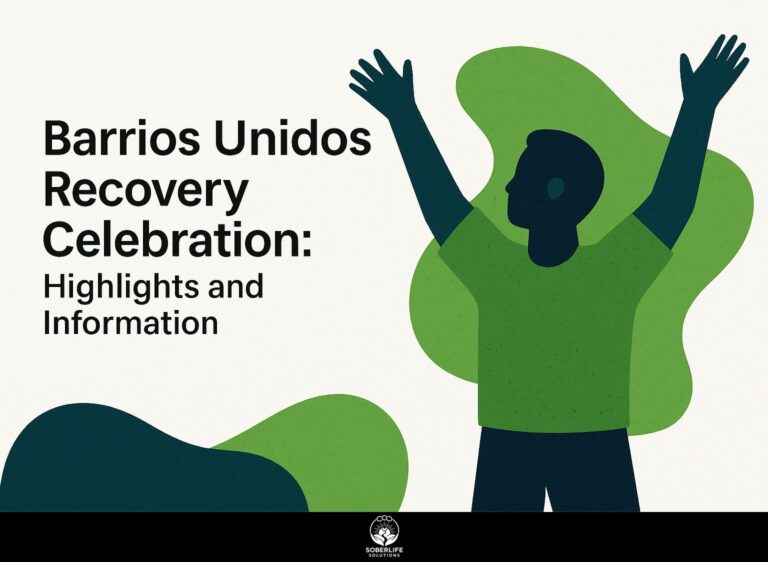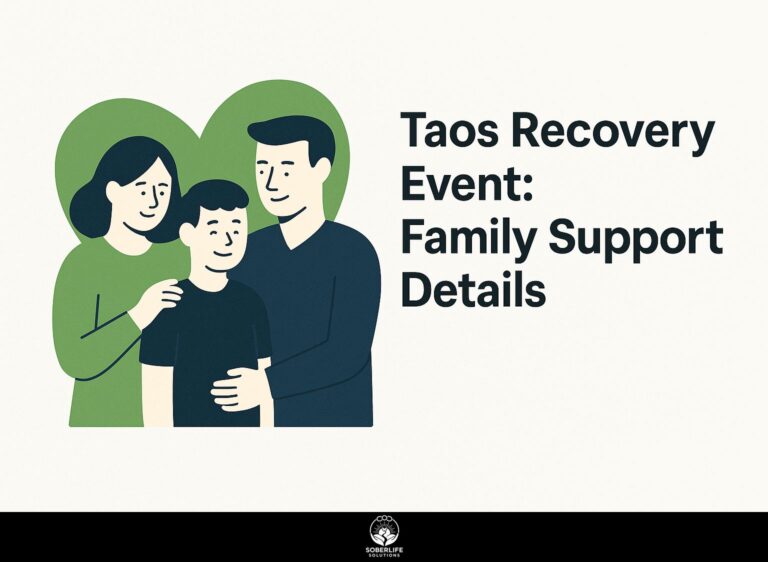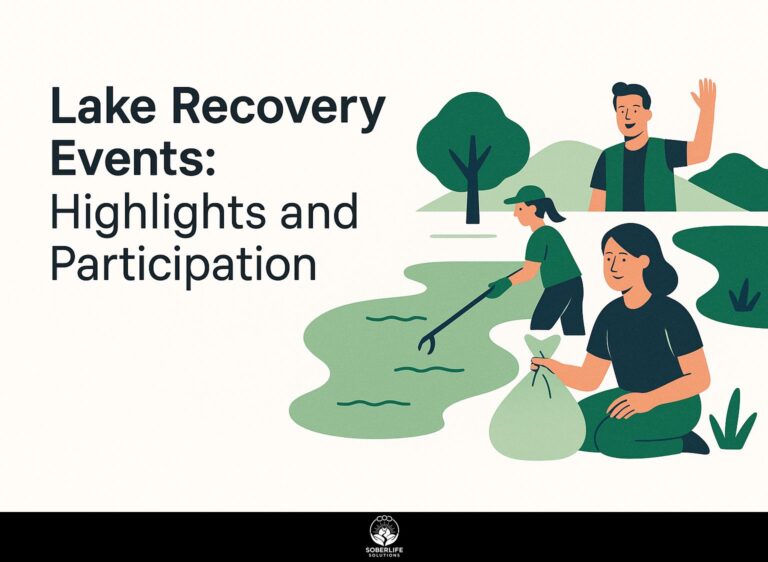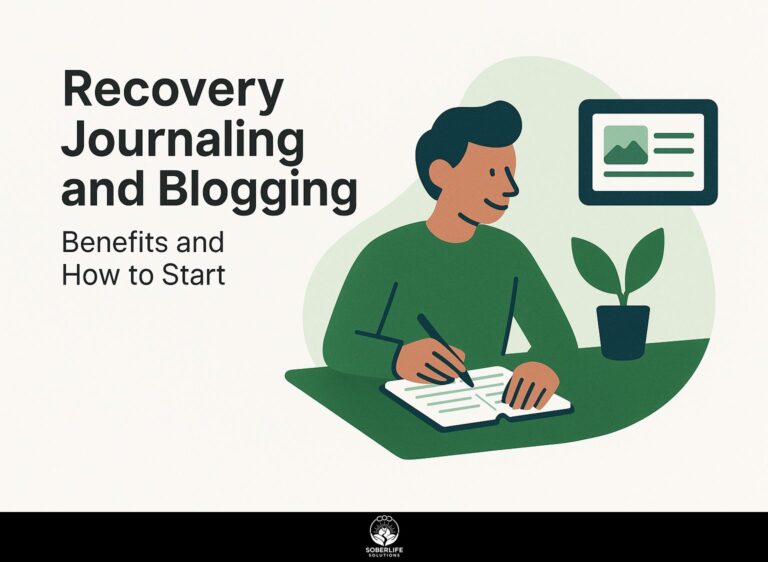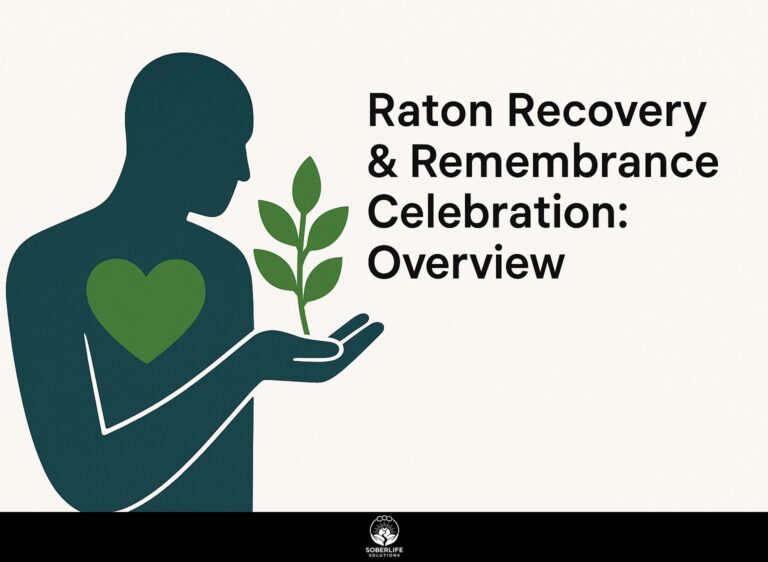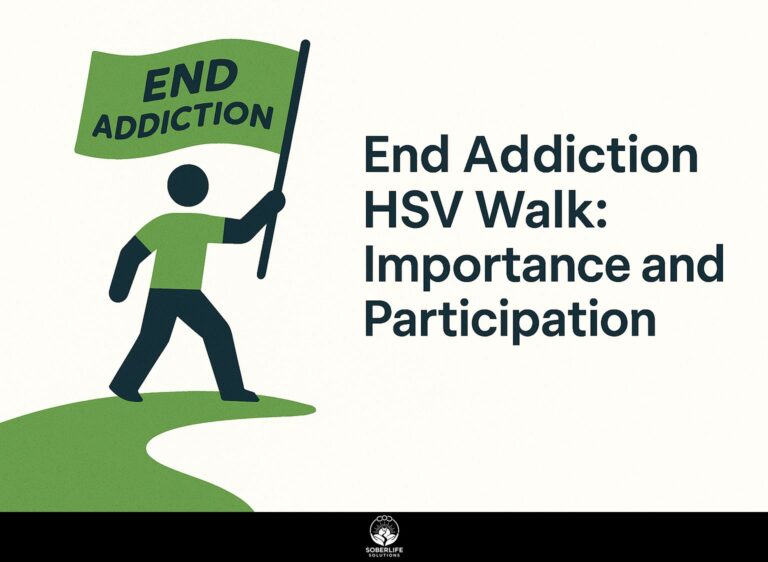Virtual Webinars for Recovery: Topics and Participation
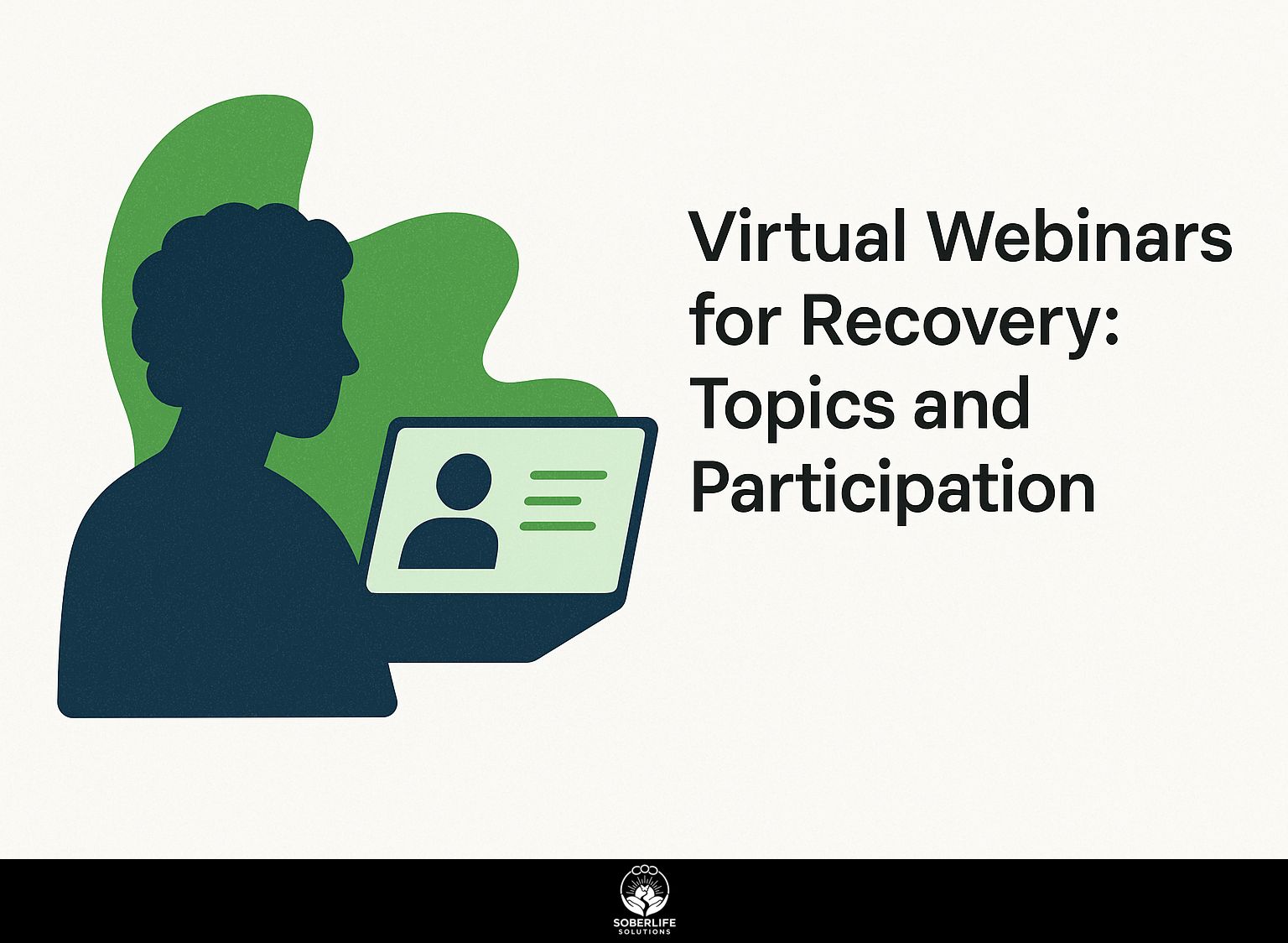
**Webinars** have changed recovery support by offering easy-to-access spaces for learning and connecting. Using advanced **technologies**, like cookies and unique IDs, these online sessions monitor how participants browse and improve interaction on any **access device**. This article covers key subjects for recovery webinars and provides ways to increase attendance, making sure every participant gains useful experiences. Learn how to use virtual formats to support your recovery!
Key Takeaways:
Definition and Purpose
Webinars are live online events designed to educate and engage participants on various recovery topics, offering a unique blend of visual, auditory, and interactive elements.
Organizations such as the Hazelden Betty Ford Foundation use webinars to connect with more people, offering information on addiction and recovery.
These sessions usually have knowledgeable speakers, giving attendees the chance to ask questions live and build a feeling of togetherness and encouragement.
For instance, Hazelden’s webinars cover topics like coping strategies and relapse prevention.
By using platforms like Zoom or WebEx, they can involve participants with polls, breakout rooms, and discussions, making the experience educational and participatory, important for successful learning in recovery. An insightful resource on this topic, provided by eLearning Industry, discusses how webinars can be effectively utilized to enhance learning experiences ( Webinars In Education: Why And How Can They Be Utilized?).
Benefits of Virtual Formats
Switching to online formats can increase attendance by up to 75%, allowing more people from various backgrounds to access recovery support.
To maximize these benefits, organizations should consider platforms like Zoom, which allows for breakout rooms for small group discussions, or Facebook Live, providing broad reach and engagement features.
It’s also essential to create a structured agenda that encourages participation, incorporating interactive elements like polls or Q&A sessions. According to Statista, virtual event marketing offers significant insights into how these interactive elements can enhance engagement.
Using specific social media ads to promote events can increase exposure and draw a wide range of participants.
By using these tools and strategies, organizations can greatly increase participant involvement and build a helpful online community.
Key Topics for Recovery Webinars
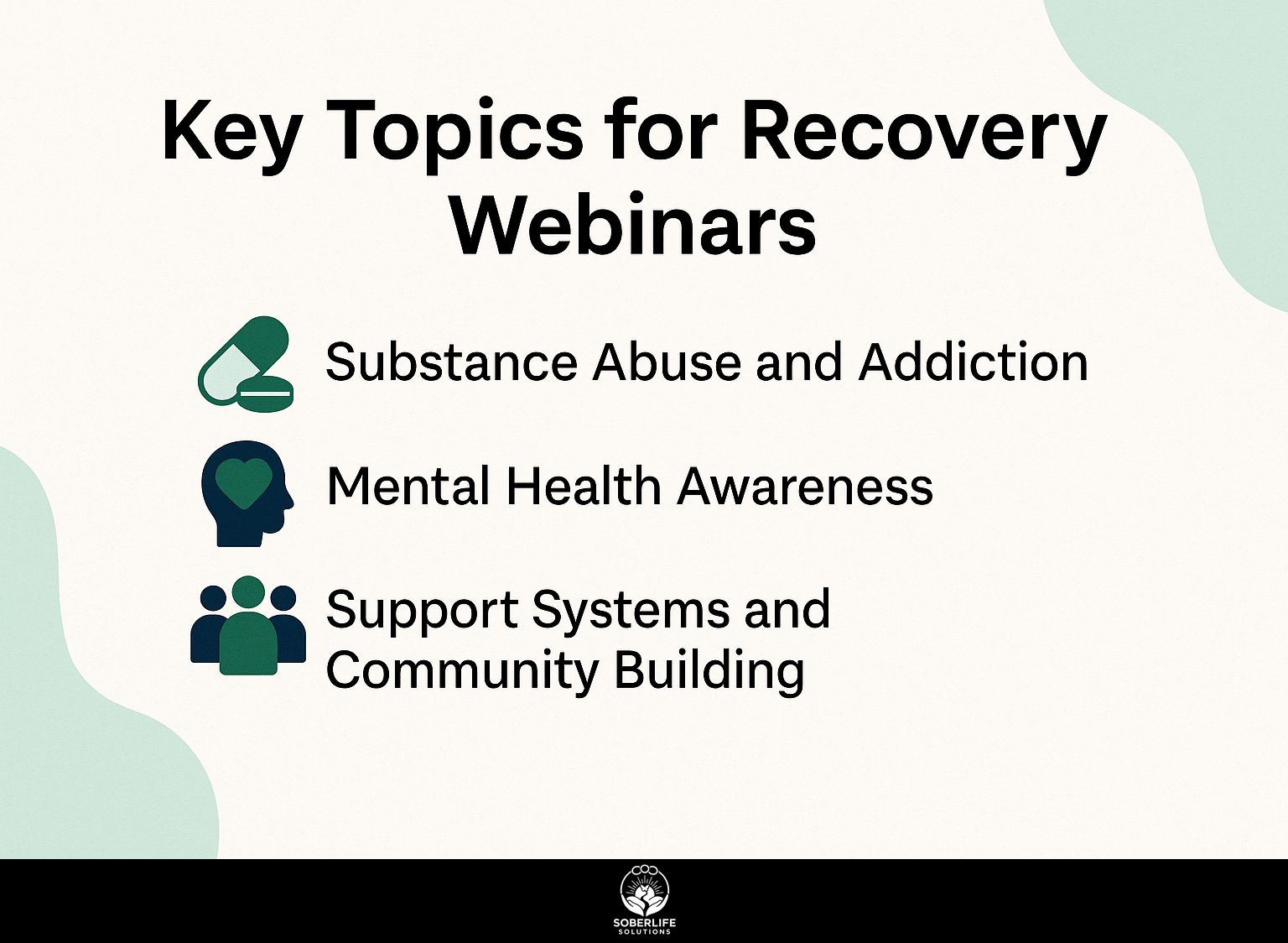
Webinars can cover important subjects that are relevant to those facing addiction and mental health issues, helping to increase public knowledge and support. During events such as the Recovery Summit, essential topics are discussed to empower and educate attendees.
Substance Abuse and Addiction
Webinars about substance abuse can provide key information on the nature of addiction, recovery strategies, and the latest effective treatments.
Participants can improve their experience by using tools like Slido for live Q&A, which lets them ask important questions during the session. It’s beneficial to review recovery stories shared by past attendees, as these narratives often inspire hope and resilience.
To maximize the learning, take notes on expert speakers’ advice and recommended resources, which may include:
- Crisis hotlines
- Local support groups
- Further reading materials
These useful steps can greatly improve what you learn from the webinars.
Mental Health Awareness
Focusing on mental health awareness can help participants deal with the mental side of substance use disorders, supporting complete recovery.
Paying attention to mental health is important because nearly half of people with substance use problems also have mental health issues at the same time.
Organizations like the National Alliance on Mental Illness (NAMI) and the Substance Abuse and Mental Health Services Administration (SAMHSA) are instrumental in addressing this intersection. They offer webinars that provide resources, strategies, and support for recovery. Attending these events can help participants learn coping mechanisms and build a supportive community, significantly impacting their overall recovery process. Additionally, the role of [peer support networks](https://soberlifesolutions.com/peer-support-networks-recovery/) is crucial in fostering environments that nurture mental health and recovery. For a detailed understanding, SAMHSA provides a wealth of data on these topics through their data resources.
Support Systems and Community Building
Webinars about support systems help build community involvement, which is essential for those recovering from addiction and mental health issues.
To maximize the effectiveness of these webinars, consider specific strategies such as:
- Inviting guest speakers with lived experience,
- Creating breakout sessions for small group discussions,
- Providing resources like hotlines and local support groups.
A well-known example is the “Hope and Healing” program, which holds monthly online seminars with experts and personal stories, encouraging attendees to share their experiences.
This method, focused on community involvement, improves personal bonds and builds a stronger support system, resulting in more participation and better results for attendees.
Engagement Strategies for Participants
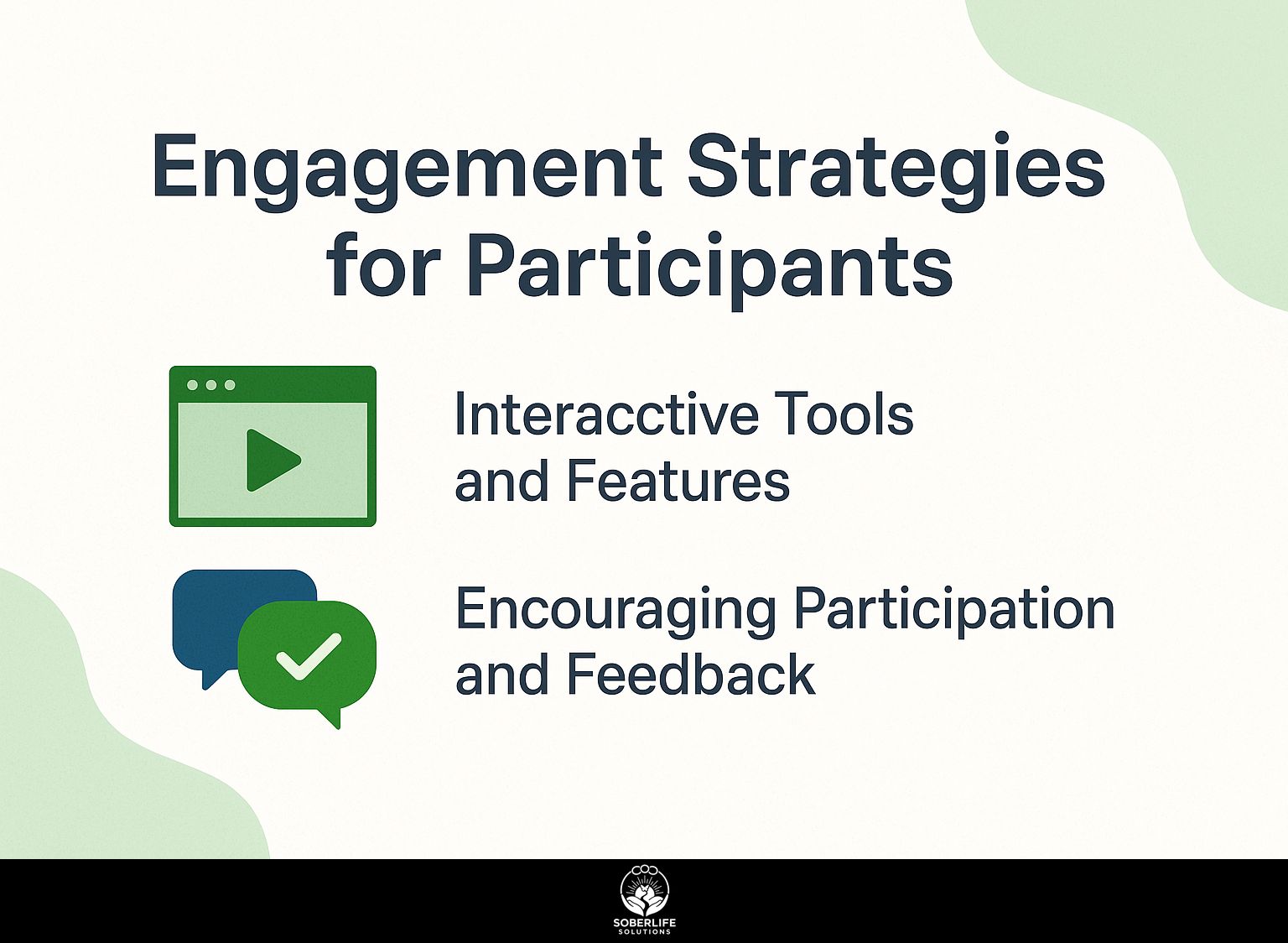
Using effective ways to engage people in webinars can greatly improve how participants interact, resulting in more meaningful discussions and better results.
Interactive Tools and Features
Using interactive tools like polls, breakout rooms, and live chats can increase participant involvement by up to 60%.
To implement these tools effectively, consider using Mentimeter for real-time polls, which can generate instant feedback during a presentation.
Zoom breakout rooms provide participants with small group discussions, enhancing personal interaction-organize these to follow a main session. For example, a recent webinar on digital marketing saw a 70% participation increase by incorporating 10-minute breakout discussions.
Using live chats can help keep the talk going. Attendees can ask questions and share thoughts right away during the session.
Encouraging Participation and Feedback
Engaging participants and gathering their opinions is key to improving webinars and ensuring they have a positive experience.
One effective method for soliciting feedback is to use post-webinar surveys. Tools like Google Forms allow you to create custom questionnaires that participants can fill out easily. You can ask specific questions, such as which topics they found most useful or what improvements they suggest.
To encourage real-time participation during the webinar, consider offering incentives like exclusive access to resources or a chance to win a gift card for sharing their experiences. This encourages people to join and gives useful information to make your next sessions better.
Best Practices for Hosting Webinars
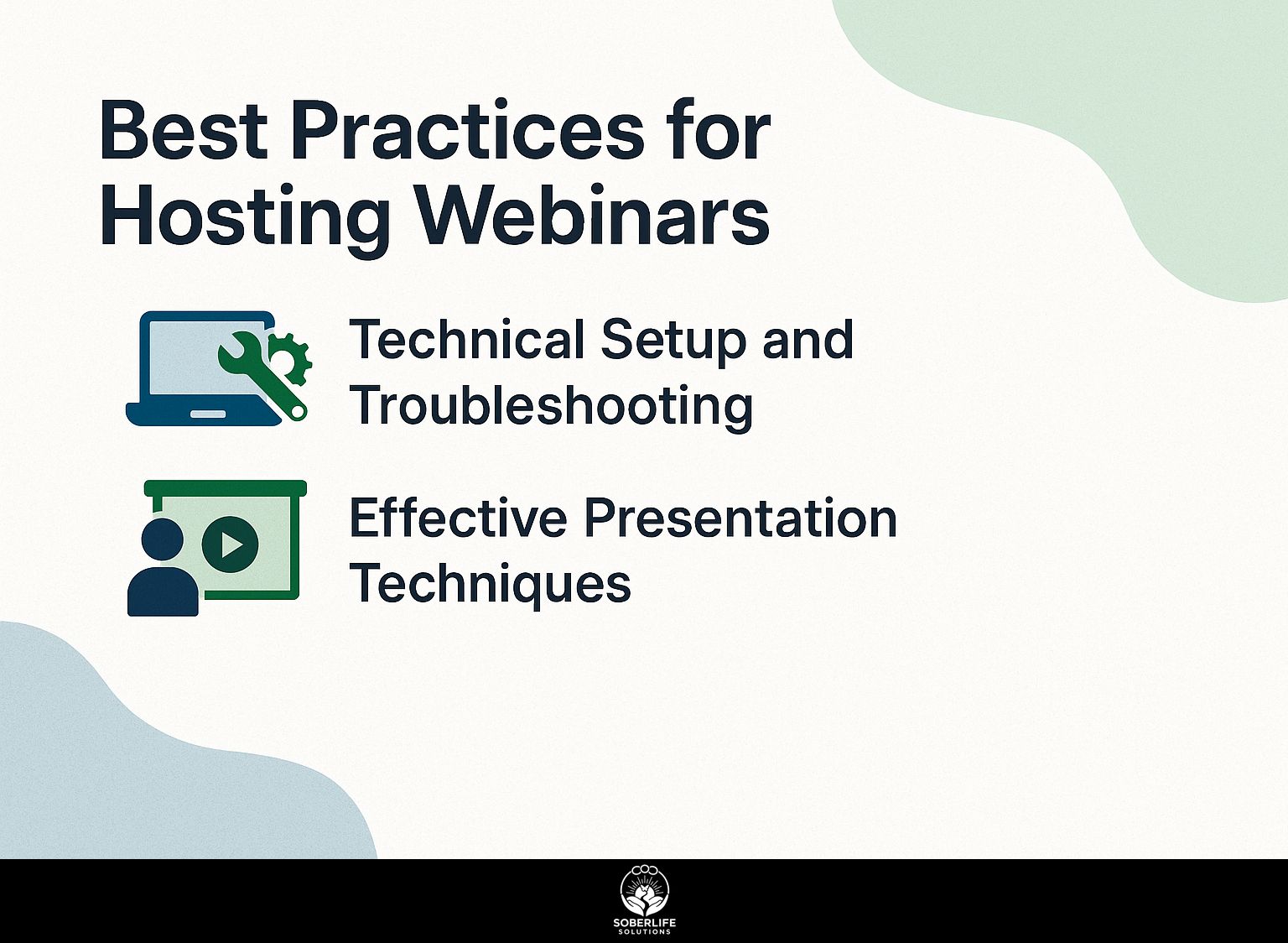
Using effective hosting techniques can make the webinar run more smoothly and be beneficial for everyone.
Technical Setup and Troubleshooting
A reliable technical setup is essential; problems during webinars can interrupt the session, causing participants to become frustrated and lose interest.
For a smooth experience, buy a good microphone, such as the Blue Yeti for $129, and confirm your internet speed is at least 5 Mbps.
Learn how to use the webinar platform by trying it out the day before. Make sure your lighting and background are good to reduce distractions, and think about using tools like OBS Studio to improve video quality.
Have backup options ready, like another device or a hotspot, to quickly deal with possible connectivity problems.
Effective Presentation Techniques
Using storytelling techniques can make presentations much more memorable, helping build stronger connections with participants.
To successfully use storytelling in your presentations, try using stories that people can connect with and that make them feel something.
For example, successful webinar presenter Nancy Duarte engages audiences by sharing personal stories about her topics, helping listeners connect with her message.
Use interesting visuals, like infographics or slides, that support your story. Establish audience interaction by posing thought-provoking questions that tie back to your story, encouraging participation and enhancing retention.
These methods can change a regular presentation into a memorable event.
Measuring Success and Impact
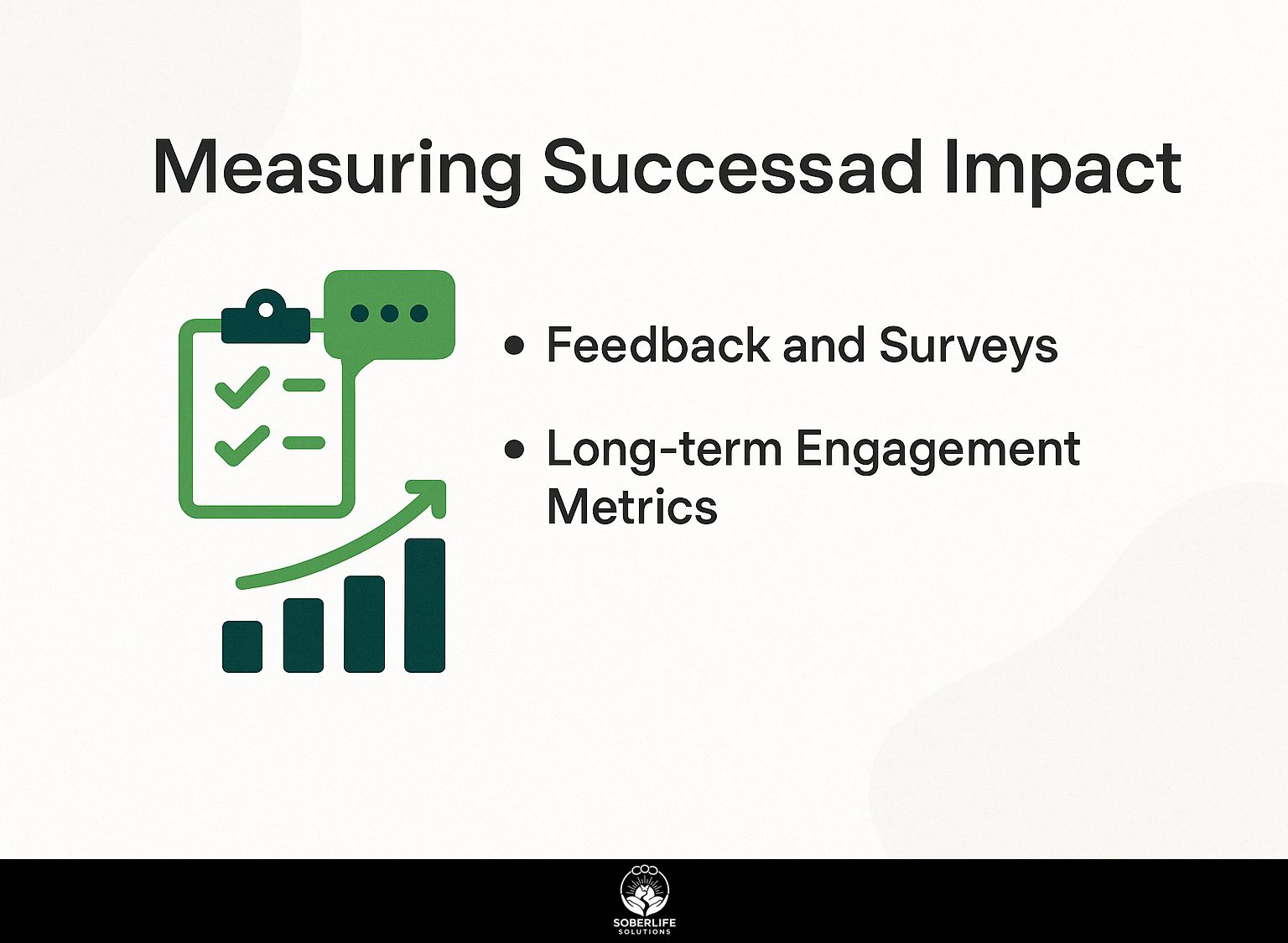
Tracking webinar performance with specific measurements can offer useful information about how well they work and where they can get better. As mentioned, initiatives like the Crushing Stigmas Summit also emphasize the importance of evaluating impact and outcomes effectively.
Feedback and Surveys
Collecting feedback through well-designed surveys can improve participant satisfaction by about 30%, which helps in planning upcoming changes.
To collect helpful information, try using tools like SurveyMonkey and Google Forms. These tools have easy-to-use interfaces for creating surveys.
When creating your survey, include sample questions such as:
- What parts of the event did you find most useful?
- How can we improve future events?
These questions help identify strengths and areas that need improvement. Mix yes/no questions for clear data with open-ended questions for detailed answers. This method will help you understand what participants went through.
Long-term Engagement Metrics
Tracking long-term engagement metrics such as repeat attendance and participant growth can indicate the lasting impact of your webinars.
To keep track of these numbers, use tools like Google Analytics for website visits and Zoom or Webex to monitor attendance.
For example, analyzing the percentage of repeat attendees over multiple webinars allows you to gauge interest. Consider creating a participant retention rate by dividing the number of repeat attendees by the total number of registrants. This method provides information on how people interact.
One case study showed that a company improved their repeat attendance from 40% to 60% by tailoring content based on previous participant feedback.
Frequently Asked Questions
What is a virtual webinar for recovery?
A virtual webinar for recovery is an online event that focuses on topics related to recovering from a specific challenge or obstacle. It lets people get important information, resources, and help without leaving their homes.
How do I participate in a virtual webinar for recovery?
To join an online workshop for recovery, you need a computer, tablet, or smartphone connected to the internet. You can register for the webinar through the designated platform and join in at the scheduled time.
What topics are typically covered in a virtual webinar for recovery?
Virtual webinars on recovery usually discuss ways to deal with difficulties, advice on keeping mental and emotional health, and guidance on finding help and support.
Who can benefit from attending a virtual webinar for recovery?
Anyone who is facing a challenge or obstacle and looking for guidance and support can benefit from attending a virtual webinar for recovery. These webinars are open to people of all ages, backgrounds, and experiences.
Are there any costs associated with attending a virtual webinar for recovery?
It depends on the specific webinar. Some virtual webinars for recovery may be free of charge, while others may require a small fee for registration. Be sure to check the details before signing up.
Can I ask questions or participate in discussions during a virtual webinar for recovery?
Yes, virtual webinars for recovery often include opportunities for participants to ask questions and engage in discussions with the presenter and other attendees. This interactive feature can offer helpful information and assistance.

